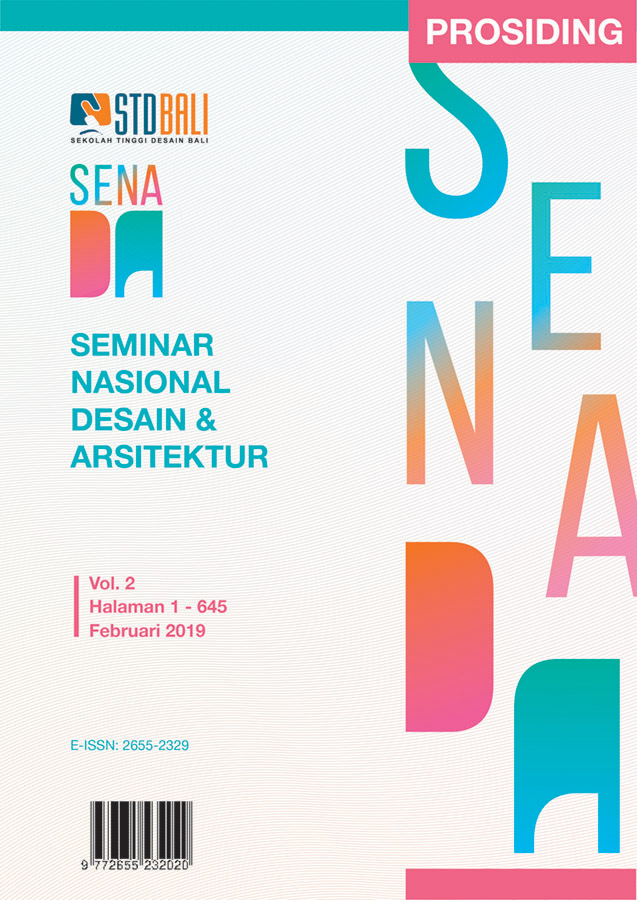KAJIAN PEREMPUAN PADA KELENTENG PEREMPUAN DAN ZHAI JI DI VIHARA BUDDHI BANDUNG
Aktualisasi perempuan Hakka di tengah budaya patriarki masyarakat Tionghoa
Keywords:
Chinese Culture, Female Kelenteng, Hakka, Zhai JiAbstract
Vihara Buddhi, formerly known as “Kelenteng perempuan” (female Kelenteng), is a sacred place where Chinese people in Indonesia worship their Gods and do their rituals. Most if Chinese Indonesians adhere to Sanjiao teaching. Sanjiao means Three Teachings; it is a syncretic form of the three main religions or teachings: Buddhism, Confucianism, and Taoism. Vihara Buddhi is located in Bandung, and operated by a group of priestesses, came from marginalized women from Hakka Tribe, called Zhai Ji. Female temple led by Zhai Ji is a unique phenomenon because its existence represents the actualization of the Hakka women in the midst of patriarchal Chinese culture. Research question: How do Zhai Ji and Female Kelenteng become the representation of the actualization of Hakka women? This research is using qualitative methods: Direct observation, data collecting and interview. The theory of women’s studies by Sadli in Ihromi (1995), Mohanty in Lim Sing Meij (2009) and historical approach are the theories used in this research.
Keywords: Chinese Culture, Female Kelenteng, Hakka, Zhai Ji
Downloads
References
Gondomono. (2013): Manusia dan kebudayaan Han, Penerbit Buku Kompas, Jakarta, 188.
Constable, Nicole., ed. (1996): Guest People: Hakka indentity in China and abroad, University of Washington Press, Seattle and London, 13 - 118.
Ihromi, T, O., ed (1995): Kajian wanita dalam pembangunan, Yayasan Obor Indonesia, Jakarta, 14-19
Kustedja, Sugiri. (2017): Klenteng xie tian gong (hiap thien kiong, Vihara satya buddhi) & tiga luitenant Tionghoa di Bandung, Bina Manggala Widya, Bandung, 3.
Kwa Tong Hay. (2013): Dewa Dewi Kelenteng. Bina Manggala Widya, Bandung, 2.
Topley, Marjorie. (2011): Cantonese society in Hong Kong and Singapore: Gender, religion, medicine and money, Hong Kong University Press, Hong Kong, 67- 549.
Chun Fang Yu. (2001): Kuan Yin: The Chinese transformation of Avalokitesvara, Columbia University Press, New York, 335.






